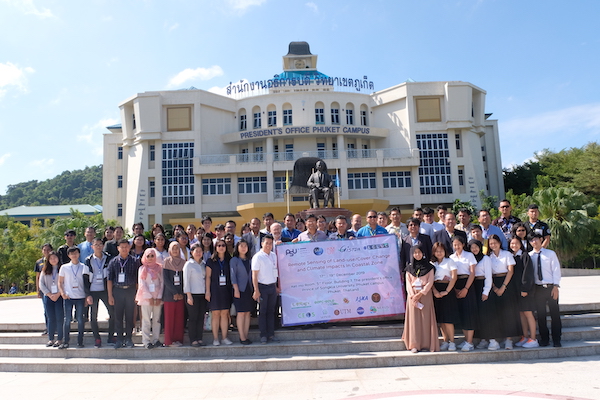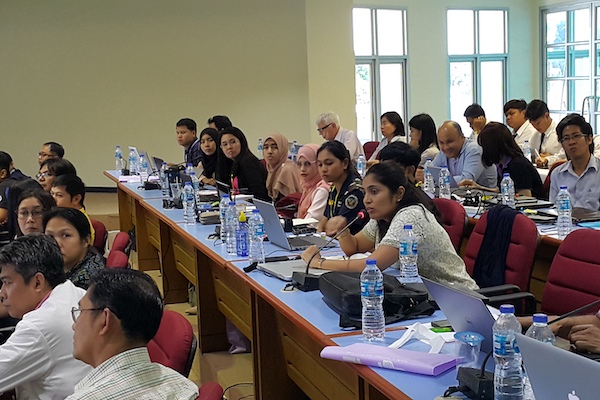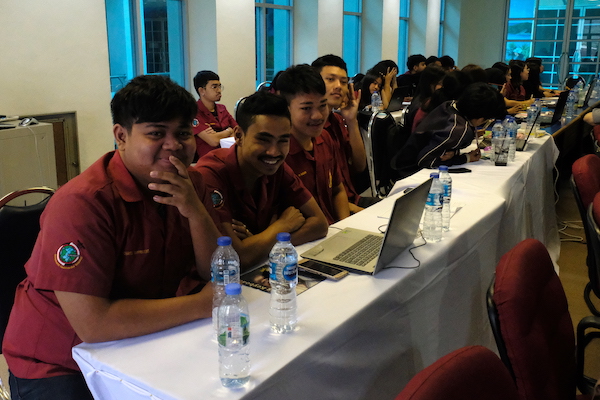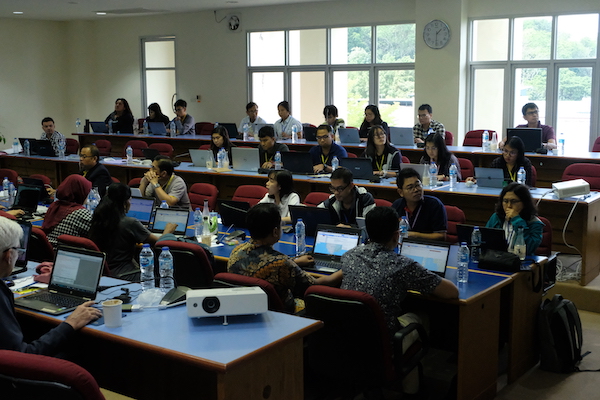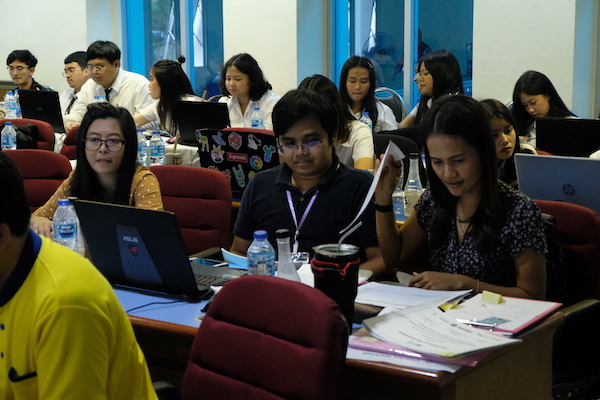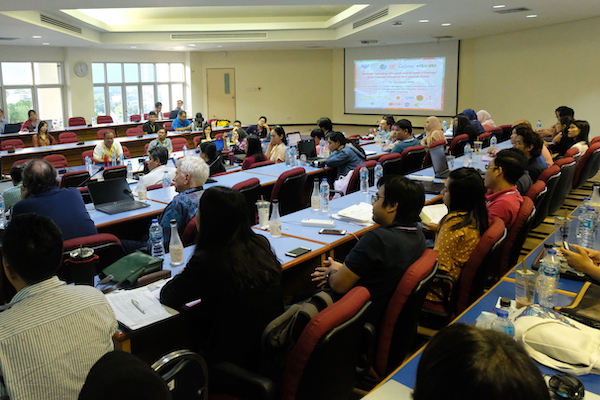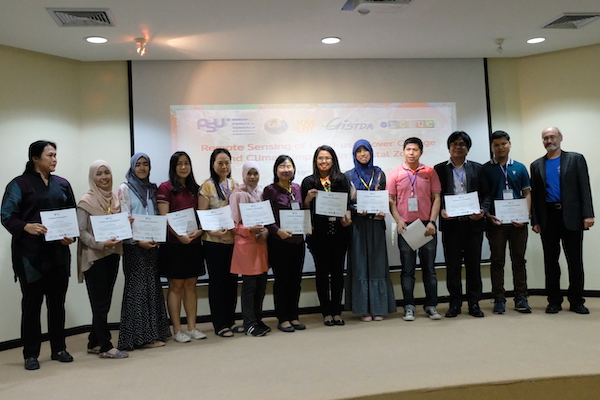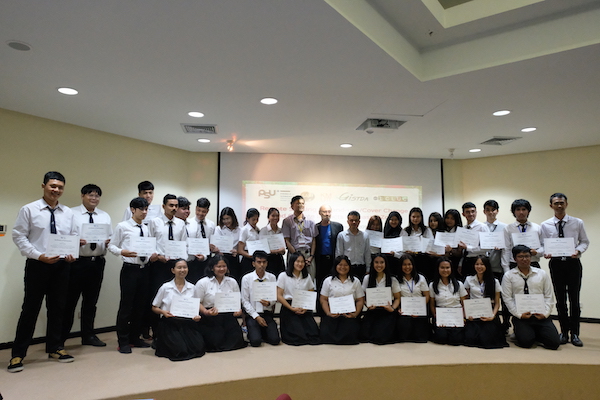Ninety scientists, most of which early-career researchers from South and Southeast Asia, participated in a 3-day training event on remote sensing technologies and their role in monitoring changes in land use and land cover, and quantifying climate impacts.
Several countries in South and Southeast Asia are undergoing rapid changes in land-use/cover, mostly due to urbanization and industrial development. Agricultural land is growingly reclaimed for residential and urban use, and forests are converted into agricultural areas.
Climate change is also impacting the landscape. In coastal areas climate change threatens mangrove ecosystems, causing significant concerns – mangroves are highly productive ecosystems providing food and livelihoods, and act as natural barriers protecting coasts from storm surges and floods.
The event showcased the potential of remote sensing and geospatial technologies, providing an opportunity to review data sources and methodologies for monitoring land-use/cover changes as well as quantifying the impacts on coastal zones.
The training event was organized by four space agencies (NASA – United States , JAXA -Japan, GISTDA-Thailand, and ISRO-India) within the framework of the Global Observation of Forest Cover and Land Dynamics (GOFC-GOLD) program and took place in December in Phuket, Thailand.
Training Topics
Hands-on training on the following themes was provided:
- Advanced Methods in Optical Remote Sensing of Land
- Land-Use/Cover Changes in Coastal Zone: Mapping and Monitoring using Remote SensingTechniques
- Mangrove Forest Assessment Using Optical Remote Sensing
- Advanced Methods in RADAR Remote Sensing
- Mangrove Forest Assessment Using RADAR Remote Sensing
- Climate Change Impacts and Coastal Erosion
- Cloud Computing using Google Earth Engine

